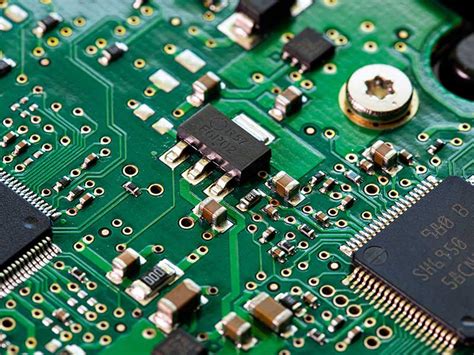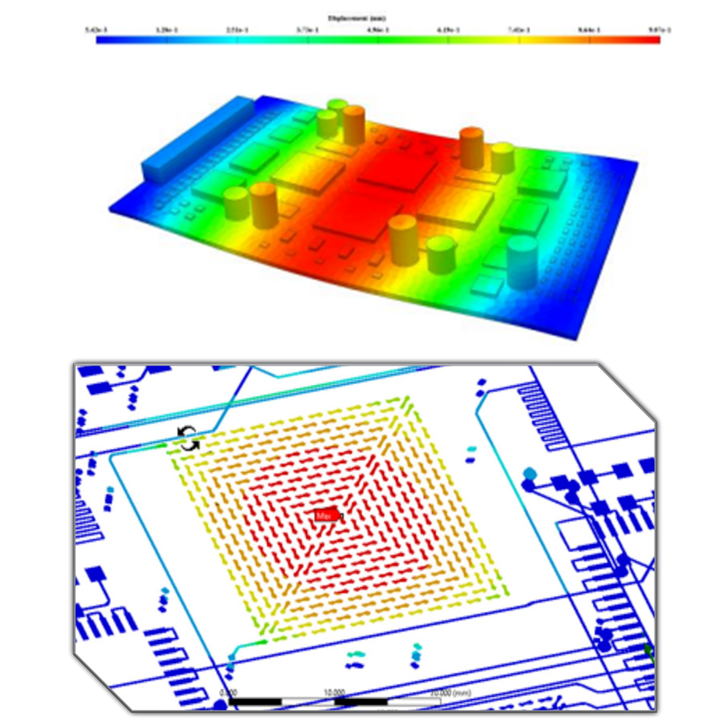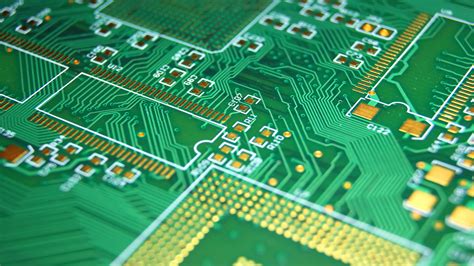Gold Plating Rogers PCBs: Techniques, Benefits, and Applications
Introduction
Printed Circuit Boards (PCBs) are essential components in modern electronics, providing the foundation for electrical connections in devices ranging from consumer electronics to aerospace systems. Among the various types of PCBs, Rogers PCBs stand out due to their superior high-frequency performance, low dielectric loss, and thermal stability. To further enhance their performance and reliability, gold plating is often applied to Rogers PCBs.
This article explores the gold plating process for Rogers PCBs, its advantages, applications, and key considerations in manufacturing.
1. Understanding Rogers PCBs
Rogers Corporation is a leading manufacturer of high-performance PCB materials, known for their low dielectric constant (Dk) and low dissipation factor (Df), making them ideal for high-frequency and RF/microwave applications. Common Rogers materials include:
- RO4000® Series – Cost-effective, high-frequency laminates
- RO3000® Series – Ceramic-filled PTFE composites for superior RF performance
- RT/duroid® – Glass microfiber-reinforced materials for aerospace and defense
Despite their excellent electrical properties, Rogers PCBs often require surface finishes to improve solderability, corrosion resistance, and signal integrity. Gold plating is one of the most effective solutions.

2. Gold Plating on Rogers PCBs: Process Overview
Gold plating involves depositing a thin layer of gold onto the copper traces of a PCB. The process typically includes the following steps:
2.1 Surface Preparation
- Cleaning – The PCB is cleaned to remove contaminants, oxides, and residues.
- Microetching – A mild acid solution roughens the copper surface to improve adhesion.
2.2 Electroless Nickel Plating (Optional but Common)
Before gold plating, a nickel underlayer (3-6 μm) is often applied to:
- Prevent copper diffusion into gold
- Enhance durability
- Improve solder joint reliability
2.3 Gold Plating Methods
There are two primary gold plating techniques for PCBs:
A. Electrolytic Gold Plating
- Uses an electric current to deposit gold onto the PCB.
- Provides a thicker gold layer (0.5-1.5 μm), ideal for high-wear applications.
- Commonly used for edge connectors and high-reliability PCBs.
B. Electroless (Immersion) Gold Plating (ENIG – Electroless Nickel Immersion Gold)
- A chemical deposition process where gold replaces nickel atoms.
- Produces a thin gold layer (0.05-0.2 μm).
- Preferred for fine-pitch components and RF applications due to its flat surface.

3. Benefits of Gold Plating on Rogers PCBs
Gold plating offers several advantages, particularly for high-frequency and high-reliability applications:
3.1 Superior Conductivity & Signal Integrity
- Gold has excellent electrical conductivity, minimizing signal loss in high-frequency circuits.
- Reduces skin effect losses at microwave frequencies.
3.2 Corrosion & Oxidation Resistance
- Unlike copper, gold does not oxidize, ensuring long-term reliability.
- Ideal for harsh environments (e.g., aerospace, marine, and medical devices).
3.3 Enhanced Solderability & Wire Bonding
- Gold surfaces improve solder joint reliability and reduce voids.
- Supports gold wire bonding in advanced packaging (e.g., RF modules and IC substrates).
3.4 Wear Resistance for Connectors
- Electrolytic hard gold plating (with cobalt/nickel additives) increases durability for connectors and switches.
4. Applications of Gold-Plated Rogers PCBs
Gold-plated Rogers PCBs are widely used in industries requiring high-frequency stability and reliability:
4.1 Aerospace & Defense
- Radar systems
- Satellite communication
- Avionics
4.2 Telecommunications & 5G
- Base stations
- Millimeter-wave devices
- Antenna arrays
4.3 Medical Electronics
- MRI systems
- High-frequency diagnostic equipment
4.4 Automotive (ADAS & Radar)
- Autonomous vehicle sensors
- V2X communication modules
5. Key Considerations in Gold Plating Rogers PCBs
While gold plating offers numerous benefits, manufacturers must consider:
5.1 Cost vs. Performance Trade-offs
- Gold is expensive; selective plating (e.g., only on contact areas) can reduce costs.
5.2 Thickness Control
- Too thin: Risk of porosity and nickel diffusion.
- Too thick: Increased cost and potential brittleness.
5.3 Compatibility with Rogers Materials
- Some Rogers laminates (e.g., PTFE-based) require special surface treatments for adhesion.
5.4 Alternative Finishes
- For cost-sensitive applications, ENIG, OSP, or silver plating may be alternatives.

6. Conclusion
Gold plating significantly enhances the performance, reliability, and longevity of Rogers PCBs, making them indispensable in high-frequency, RF, and mission-critical applications. By carefully selecting the plating method, thickness, and process parameters, manufacturers can optimize cost and performance for their specific needs.
As 5G, IoT, and advanced radar systems continue to evolve, the demand for gold-plated Rogers PCBs will only grow, reinforcing their role in next-generation electronics.





